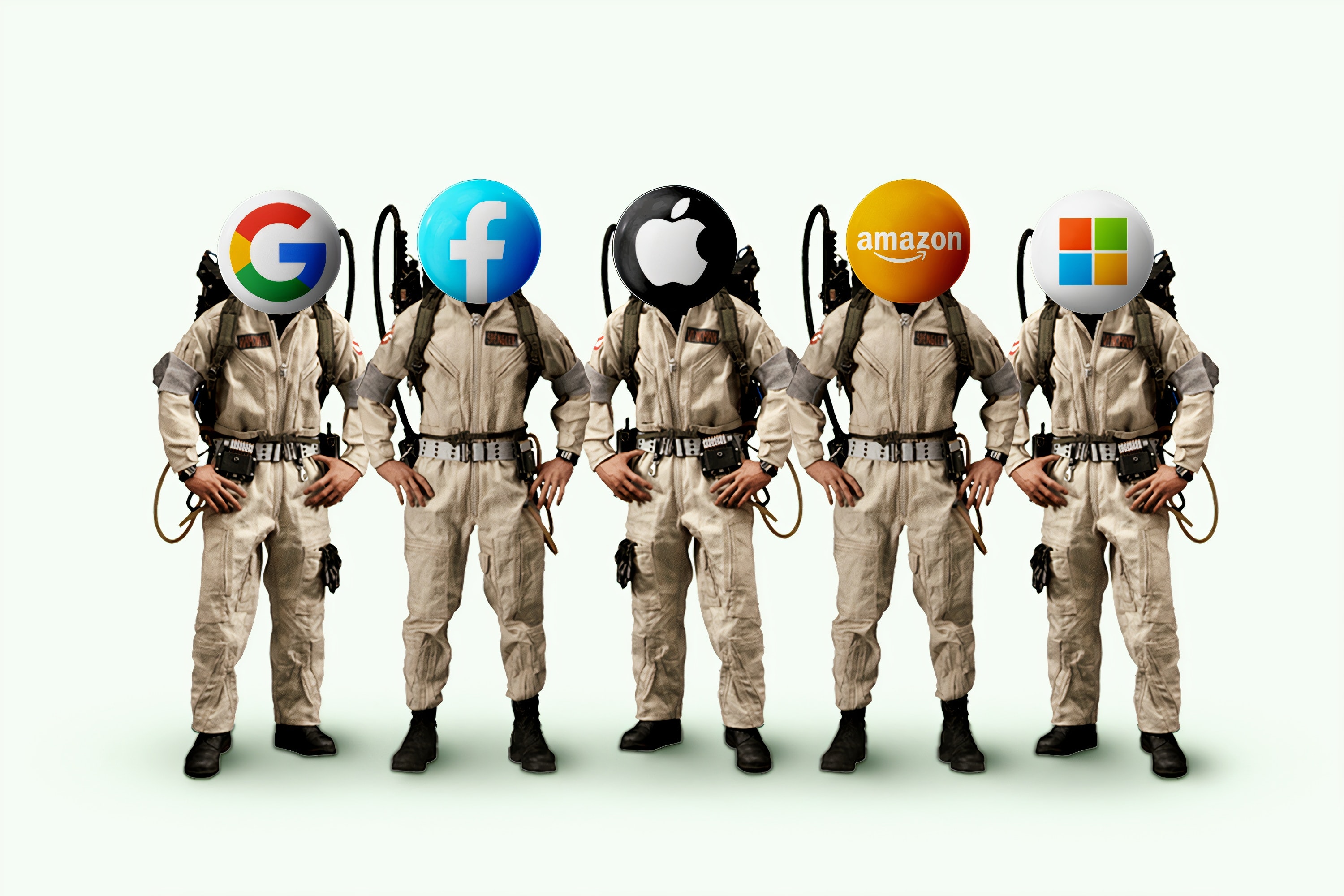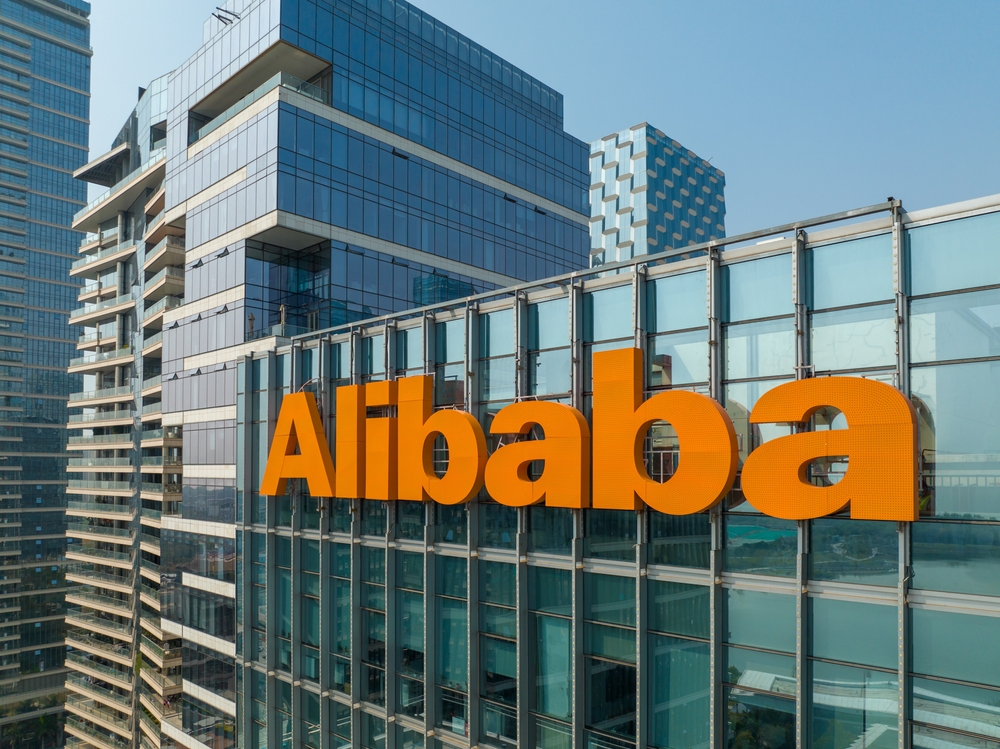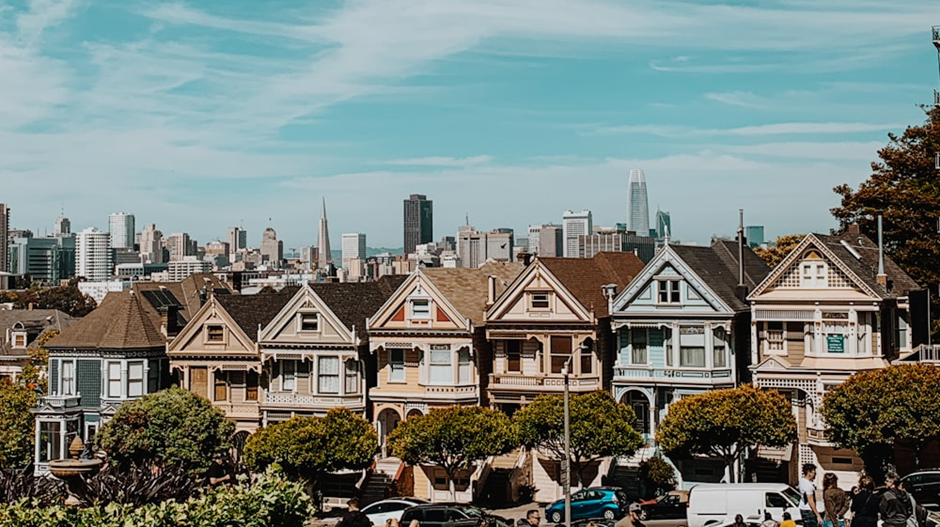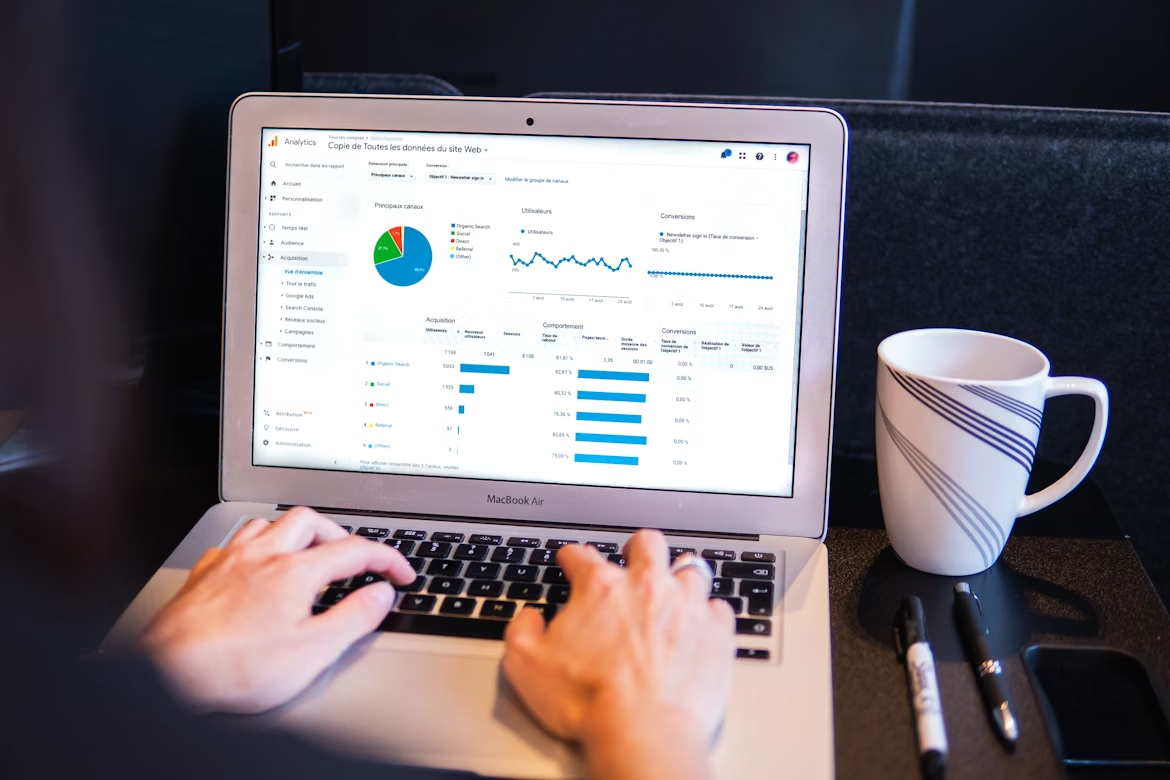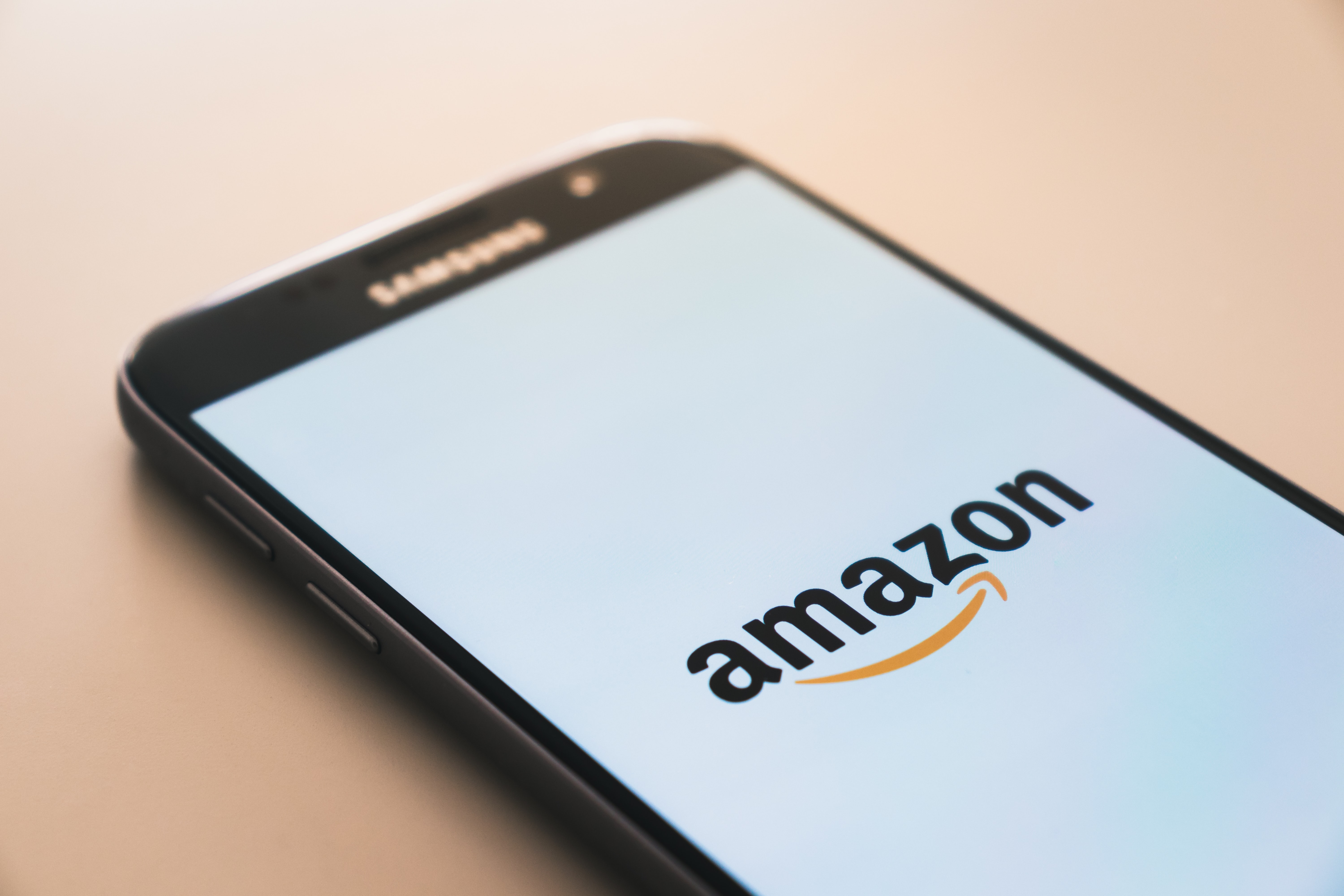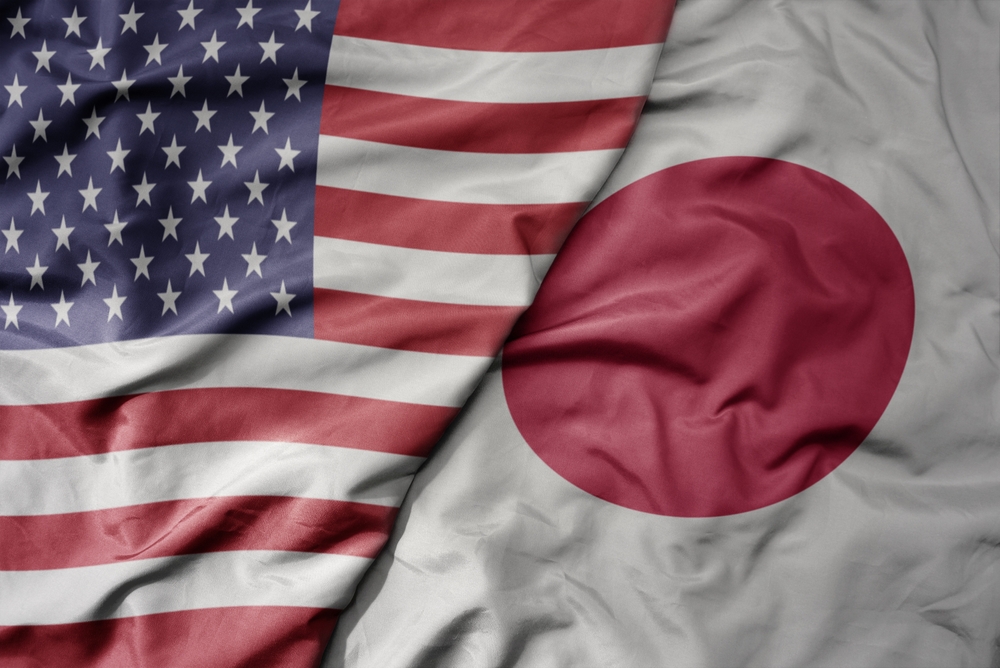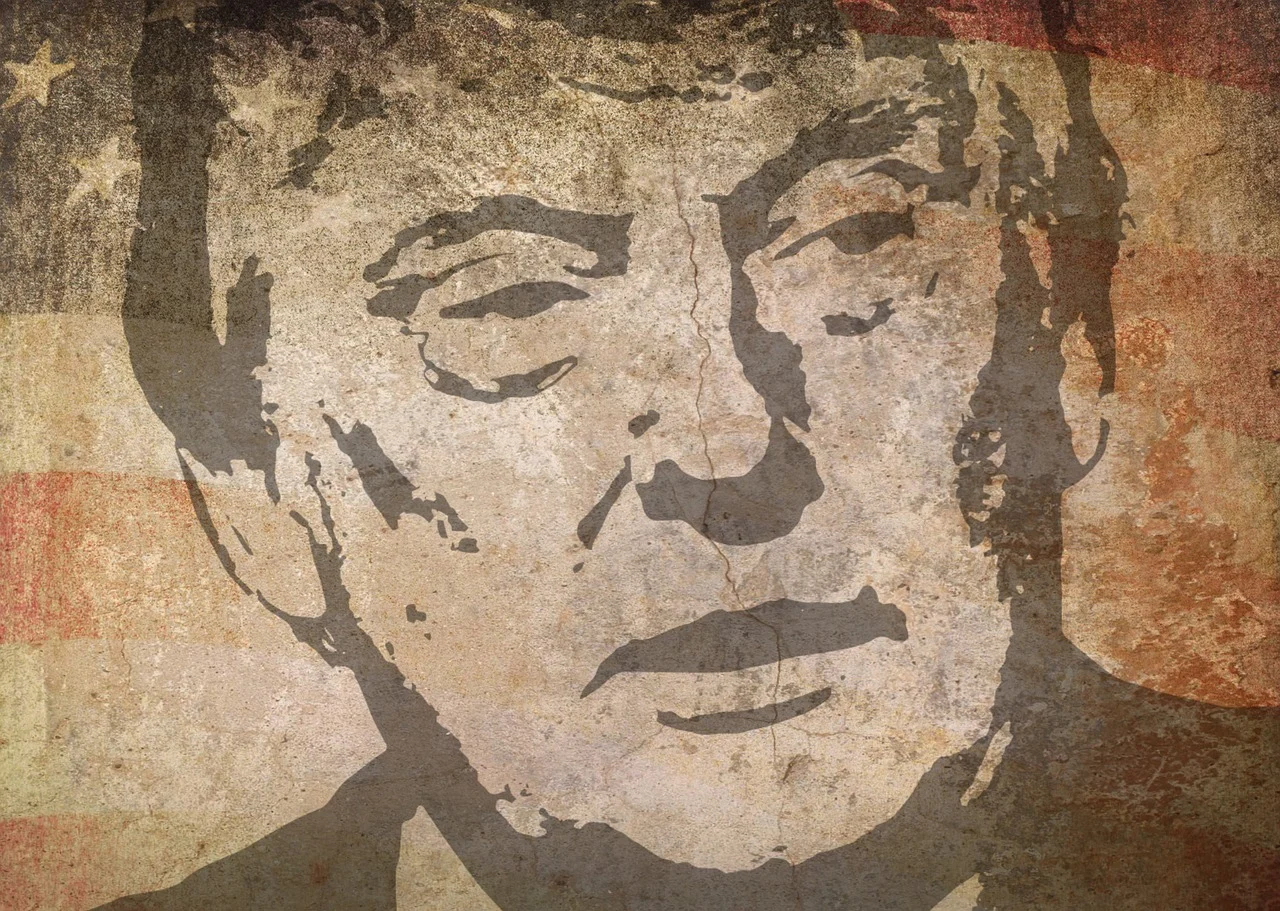Shares of Apple (NASDAQ: AAPL) and Tesla (NASDAQ: TSLA) jumped to new highs after their stocks splitting. Following on the heels of stock split announcements from Tesla and Apple, Amazon (NASDAQ: AMZN) is likely to be the next to do so, as it has the highest share price in the Nasdaq 100. Amazon has also gone almost exactly 21 years without a stock split, where they last done so was on September 2, 1999. The e-commerce giant has gained about 5,700% since then.
Basically, a stock split wouldn't have any direct impact on its market capitalization - it would simply increase the company's share count and reduce its stock price by a proportional amount. For example, if a 10-for-1 stock split happened tomorrow, a person holding one share of Amazon stock at $3,100 per share would find they now held 10 shares valued at $310 each.
Investors know that a stock split does not add value on a purely economic basis because the value remains the same. However, one can argue that stock splits do provide a psychological lift and may make a "cheaper" stock more accessible to small retail investors.
Especially in this pandemic season, the market had attracted more retailers. In addition to bargain prices on blue chips, increased personal savings (due to lowered spending during the lockdown), the COVID-19 economic stimulus packages, low interest rates and rise of Robinhood mobile trading apps all played a role in the retail boom. Surge of retail investors will surely help.
Chart below shows the action of Tesla and Apple stocks after the stocks split:
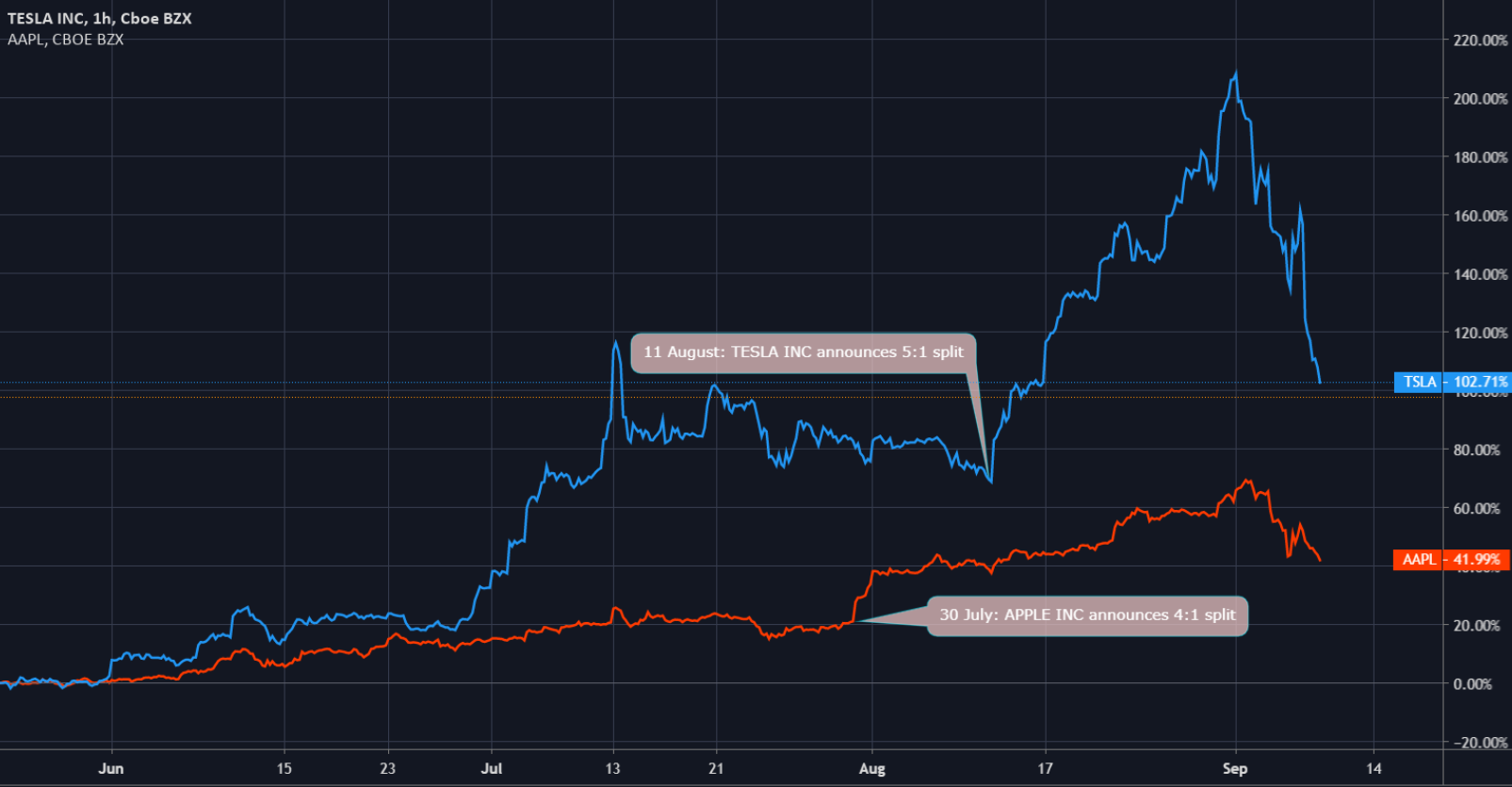
Currently trading at $3,150/share, one could argue that Amazon is much more in need of a split as compared to either Tesla or Apple was. After all, Amazon has only split its stock three times, all back in the late 1990s (a 2:1 split in June 1998, a 3:1 split in January 1999, & a 2:1 split in September 1999).
Considering the current price of the stock, it would seem like a 10:1 stock split would be rational. Meantime, Amazon's business keeps performing very well as COVID-19 proves to be a tailwind and Amazon Web Services (AWS) continues to grow at a rapid clip.
Some other prominent companies may be in similar situations. Here are some other potential names investors may watch:
Shopify (NYSE: SHOP) - E-commerce services to small businesses and partially competes with AMZN. Gained more than 800% in the last three years as it rapidly adds new customers. It’s also partnering with Facebook’s (NASDAQ: FB) Shops small-business program. The company has never split its stock. Last share price: $917.
Netflix (NASDAQ: NFLX) - Rising before coronavirus and ripped to new highs after the pandemic fuelled demand for its streaming videos. The company is up 200% in the last three years and has never performed a stock split. Last share price: $507.
Alphabet (NASDAQ: GOOGL) - Gained 70% in the last three years, and last split its stock in 2014. The company announced a controversial stock split in 2012. Instead of simply cutting its price, Alphabet issued a new C class of shares with no voting rights. Last share price: $1,524.
Mercadolibre (NASDAQ: MELI) - An e-commerce company based in Buenos Aires. Up about 350% in the last three years and has never split its stock. Last share price: $1,023.
Apart from that, there are several others well-known blue-chip stocks in the S&P 500 that could be ripe for a split, including Booking Holdings (NASDAQ: BKNG), Chipotle (NYSE: CMG) and AutoZone (NYSE: AZO), that all have stock prices above $1,000.
While for mostly triple-digit stock prices, there are companies such as Sherwin-Williams (NYSE: SHW), BlackRock (NYSE: BLK), Nvidia (NASDAQ: NVDA), Adobe (NASDAQ: ADBE), Domino's (NYSE: DPZ), Costco (NASDAQ: COST), Home Depot (NYSE: HD) and Facebook (NASDAQ: FB). All of them could be ripe for a split.
